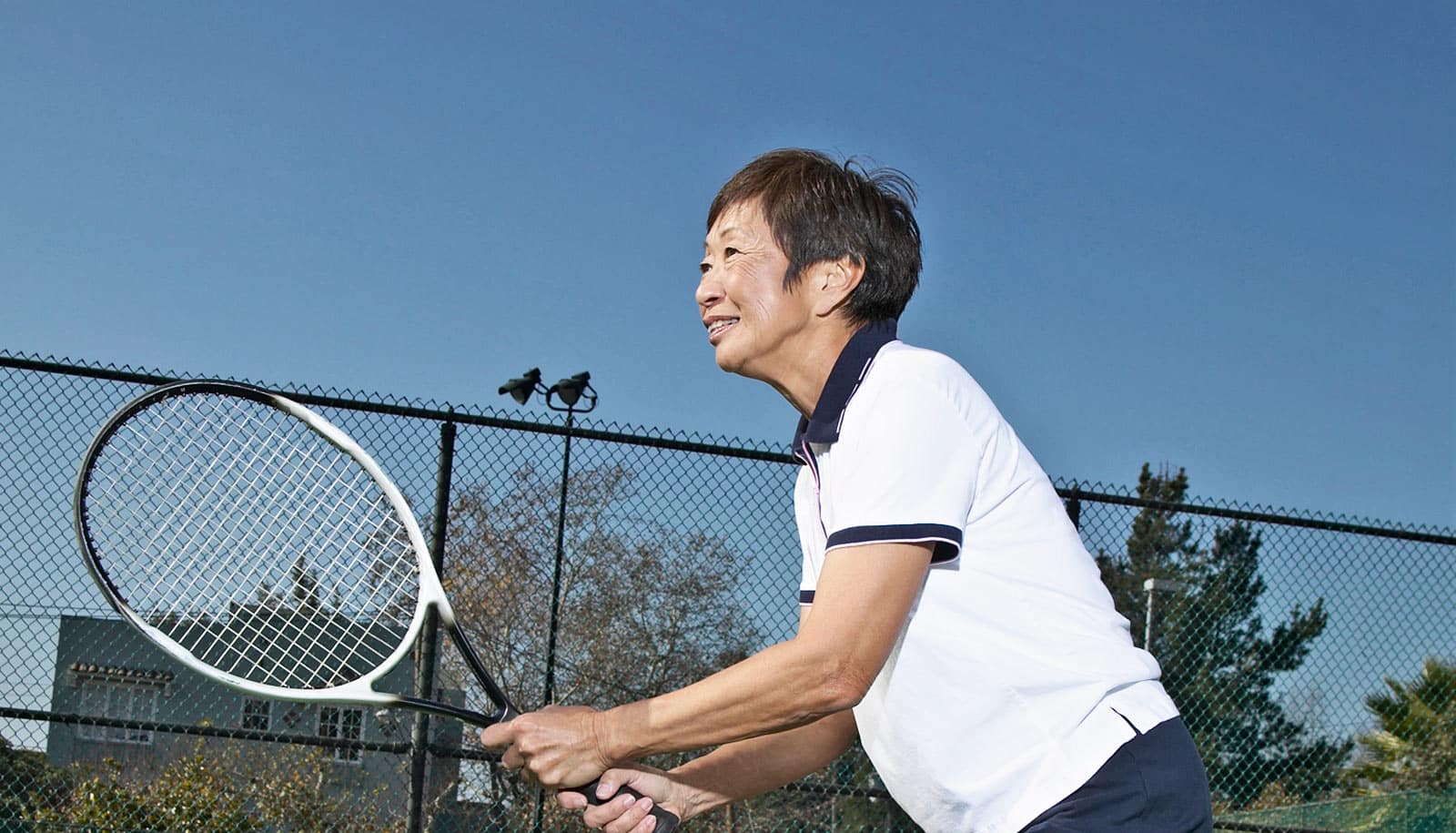Older adults with obesity may have fewer years of remaining life without limits in physical function or daily living activities, research finds.
“Among older adults, physical function of the upper and lower extremities and the ability to perform activities of daily living are key for their day to day functioning, and thus important indicators of health,” says Rahul Malhotra, an assistant professor at the health services and systems research program at Duke-NUS Medical School and senior author of the study in the International Journal of Obesity.
“We investigated whether older adults with pre-obesity and obesity, versus those with normal weight, have the same or fewer years of healthy life, when health is defined using these relevant indicators.”
The researchers analyzed data from a national longitudinal survey of 3,452 Singaporean adults over the age of 60. They measured the association between BMI categories (underweight; normal weight; pre-obesity; obesity) and years of remaining life with and without limitations in physical function and in activities of daily living.
They defined limitation in physical function as difficulty in completing any of nine tasks involving the arms and legs, such as walking 200-300 meters, climbing 10 steps without resting, or raising their hands above their head. They assessed limitation in activities of daily living in terms of difficulty when doing six basic activities, such as bathing, dressing, or eating, or seven instrumental activities, such as doing housework, managing their medications, or taking public transportation.
The findings show that, at age 60, adults with obesity could expect about 6 more years of remaining life with limitation in physical function and about 5 less years of remaining life without this limitation compared to those with normal weight.
Similarly, in terms of limitation in activities of daily living, at age 60, those with obesity, versus normal weight, could expect 3.5 more years of remaining life with this limitation and 3.5 less years of remaining life without this limitation. The researchers observed the same patterns at age 70 and 80, regardless of gender, ethnicity, or educational status.
“Our study suggests that health systems, social, and community services in aging populations need to continue focusing on promoting normal weight as well as maintaining physical abilities of older adults in order to increase healthy life years,” says coauthor Chan Wei-Ming Angelique, associate professor at the health services and systems research program.
“Obesity has been shown to have adverse effects on health and life expectancy at all ages,” says Patrick Casey, professor and senior vice dean for research. “Increasing healthy life expectancy will reduce expenditures on both health and social care.”
The team is currently conducting similar research on a new cohort of Singaporeans (beginning in 2017), who are eight to nine years younger than the participants of the current study. They plan to compare the results between the two cohorts for a better picture of how the effect of higher BMI on the years of healthy life may change over time.
Source: Duke-NUS


